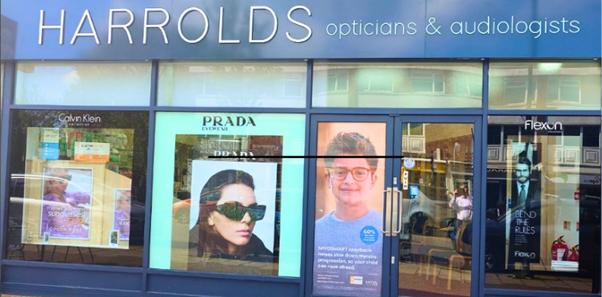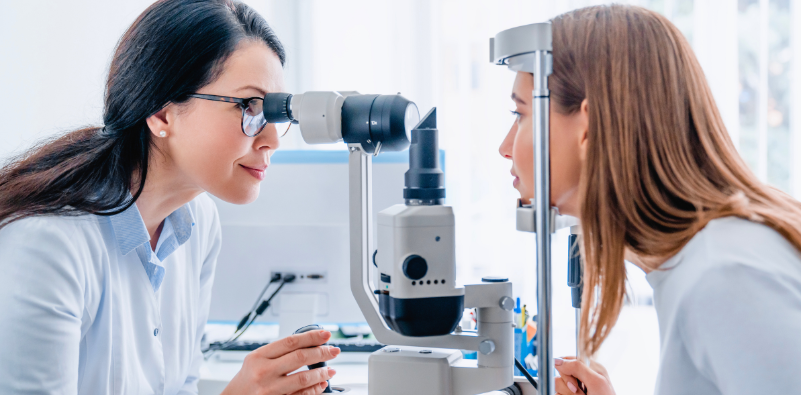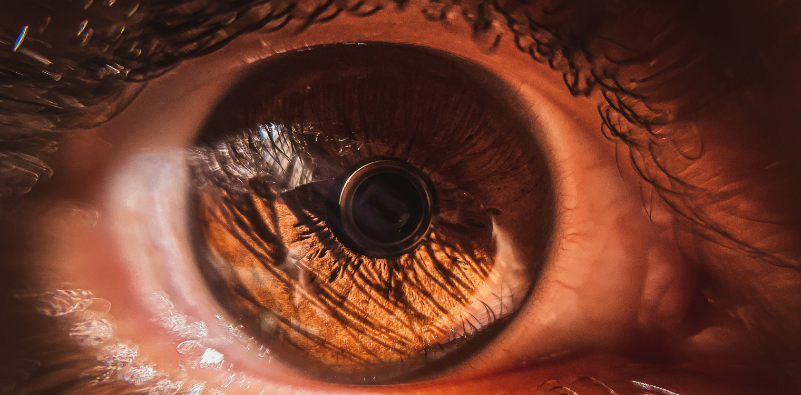The Fascinating Evolution of Eyewear
There is no question that glasses have provided people with a higher quality of life through constantly advancing designs, but did you ever wonder where they started off? The original corrective eyewear solutions were a far cry from the stylish, comfortable and customised versions we are fortunate to have available today.
Here is a little look into the history of glasses:
The first real experiments with glass to improve viewing came in the shape of small glass spheres invented by the Romans to help read small text. This was thought to have been around 4BC – 65AD.
Before any type of solution was attempted to produce glasses that could be worn, handheld frames were created using horn or wood in the 13th century.
The actual origin of eyeglasses is not 100% certain but many historians claim it was Italian monks in Pisa in the 1280s. At this point, they consisted of two small magnifying glasses and were framed by metal, leather or even bone that balanced on the nose. Salvino D’Armate is generally credited for the invention of wearable glasses.
In the 17th century, concave and convex lenses were developed, allowing correction of distance or near-sighted vision.
The multi-talented Benjamin Franklin also had a huge influence on the development of eyeglasses, inventing the bifocal lenses by cutting the two different types of glass in half.
Next came the invention of strong plastics, which was key in the evolution of eyewear, meaning that more comfortable and lighter frames could be designed at a lower cost. In the 1980s lenses started to be developed using plastic instead of glass, creating a more lightweight eyewear solution.
Now we have so many different styles to choose from and so many prescription solutions available. We have glasses that reduce glare and protect from UV rays, and many eye conditions can be improved through well-designed eyewear at affordable prices.
Take a look at the latest glasses designs in your local Harrold Opticians branch to see just how far eyewear technology has come over the years.











